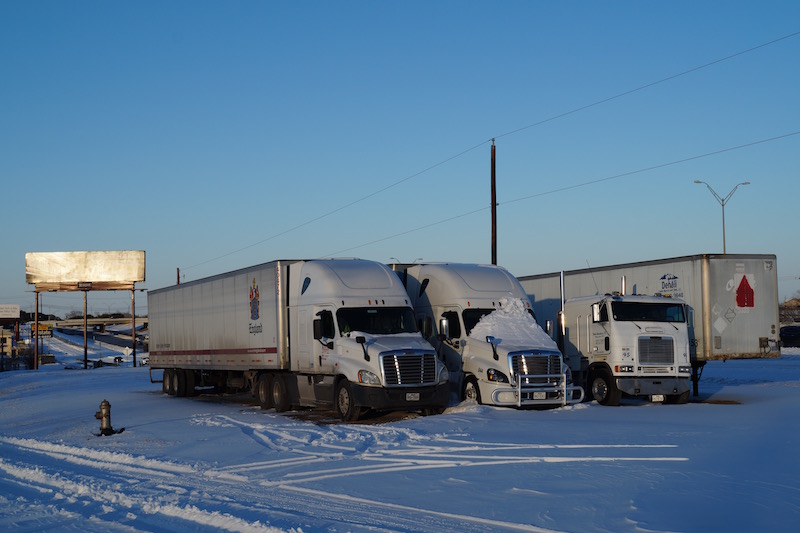Municipal departments have taken steps since the severe storm last February to do a better job handling a major disaster.
Assistant City Manager for Safety Rey Arellano briefed the council’s Audit and Finance Committee in an memo January 18, updating them on implementation of a series of After-Action Reports that audited the city’s performance during the recent disaster.
The reports included total of 132 recommendations, of which 32 are considered high priorities. Five of those priority items have already been completed, 12 are in progress, and 15 are awaiting updates from other departments.
“While addressing all the recommendations made since Winter Storm Uri is a tremendous undertaking, critical work is underway,” said Arellano. “With each day, the City of Austin is more prepared to respond in the face of disasters and is committed to supporting this community.”
Some of the tasks completed by key departments in preparation for future disaster responses include:
- Homeland Security and Emergency Management (HSEM) has updated its emergency plans and conducted monthly emergency management meetings on responses to future emergency events such as ice storms. HSEM launched a new alert system for people who are hard of hearing, deaf or blind and updated their cold weather sheltering plan for people experiencing homelessness. HSEM also has a plan to place supplies at City of Austin facilities that can be utilized as shelters if needed during winter weather.
- Austin Energy (AE) is working to increase the overall capacity of its energy portfolio in order to increase the probability that circuits can be rotated during a high magnitude event.
- Austin Water (AW) reports making “considerable progress” toward implementing recommendations of its internal After Action review, but specific projects related to infrastructure resilience still need to be constructed.
- Community and Technology Management (CTM) has purchased a mobile generator that can be deployed to serve as a network hub. Three additional generators are being acquired and will be placed at critical sites for added fuel support in an extended power outage.
- The Combined Transportation, Emergency, & Communications Center (CTECC) is now storing four days of meals and drinking water on site. In coordination with Fleet Services, CTECC is identified as a priority location for fuel resupply to backup generators.
- Public Works Department (PWD) added snow removal from critical streets to their workflow and added streets and bridges for clearing or sanding that access Austin Water treatment plants, APD/Fire/EMS stations, hospitals, and more.
- Fleet Services updated critical functions and policies, creating a citywide revised snow chain process and procedure for inventorying, order management, training, and installation.
- Austin Transportation Department (ATD) worked with Fleet Services to purchase additional road traction devices and ordered supplies to support staff in the event that staff must stay at ATD facilities around the clock during a disaster.
- Building Services Department (BSD) equipped all BSD on-call vehicles with tire chains.
- Parks and Recreation Department (PARD) stationed containers with emergency management supplies in strategic locations for immediate shelter activation.
- Homeless Strategy Division of Austin Public Health allocated funds from the American Rescue Plan Act to fund a temporary Emergency Plans Officer focused on implementation of recommendations related to mass sheltering and other services.
Visit ReadyCentralTexas.org to find out what you can do to prepare for an emergency.
